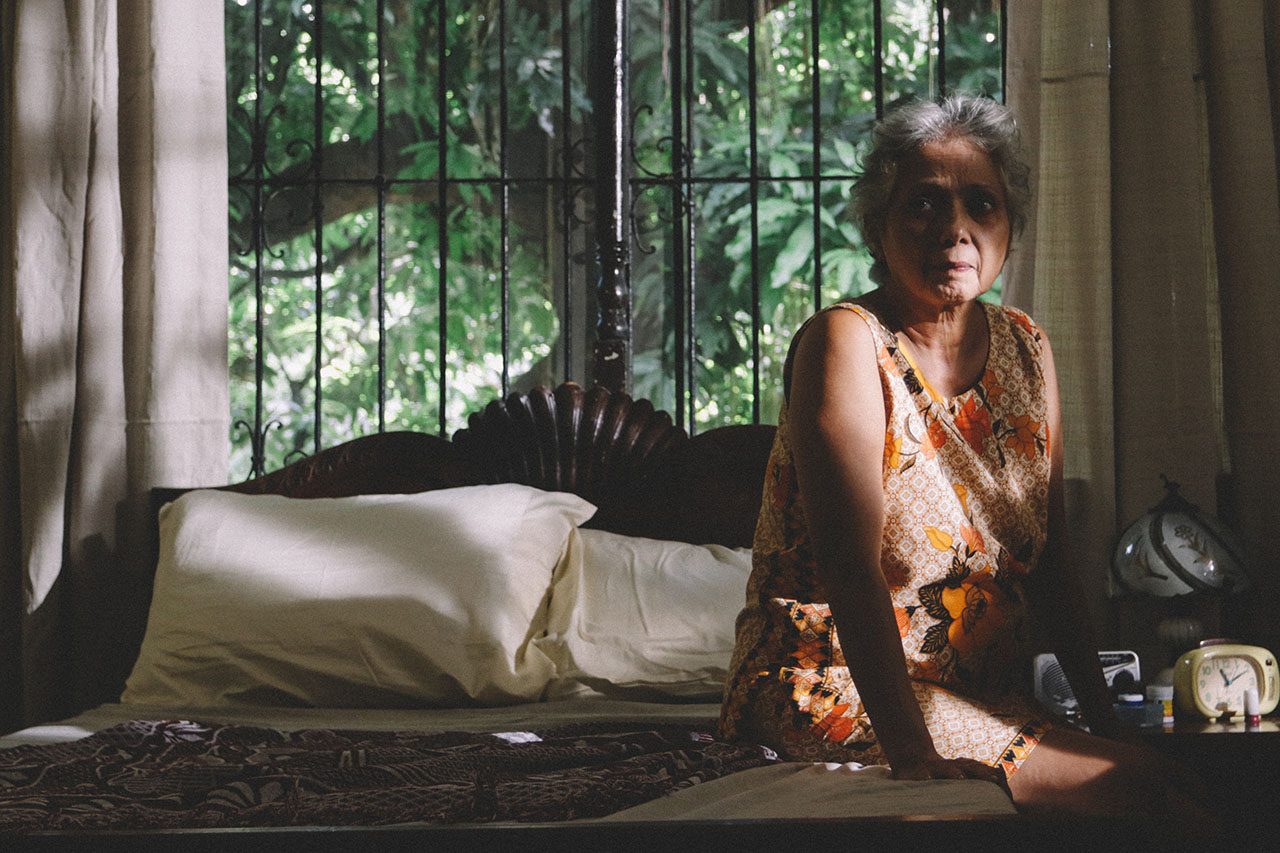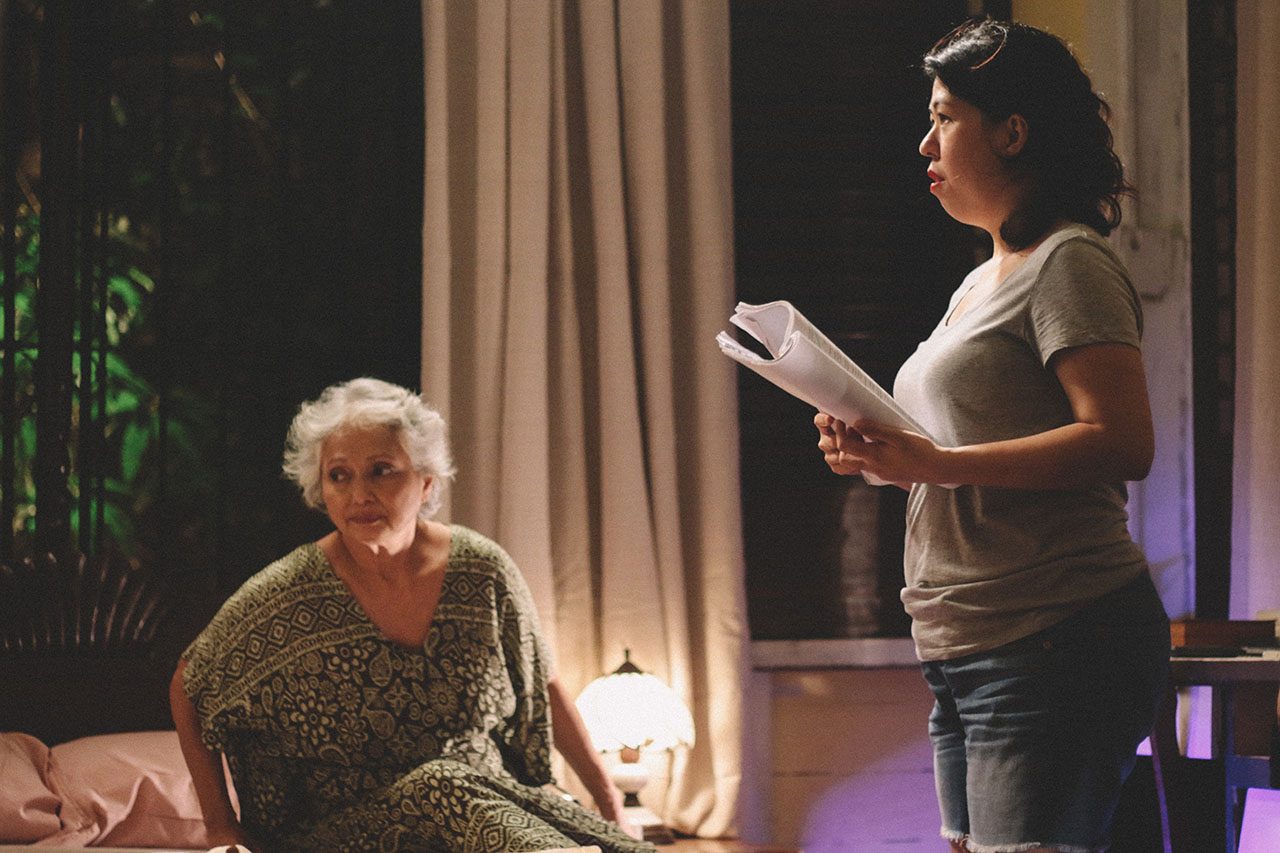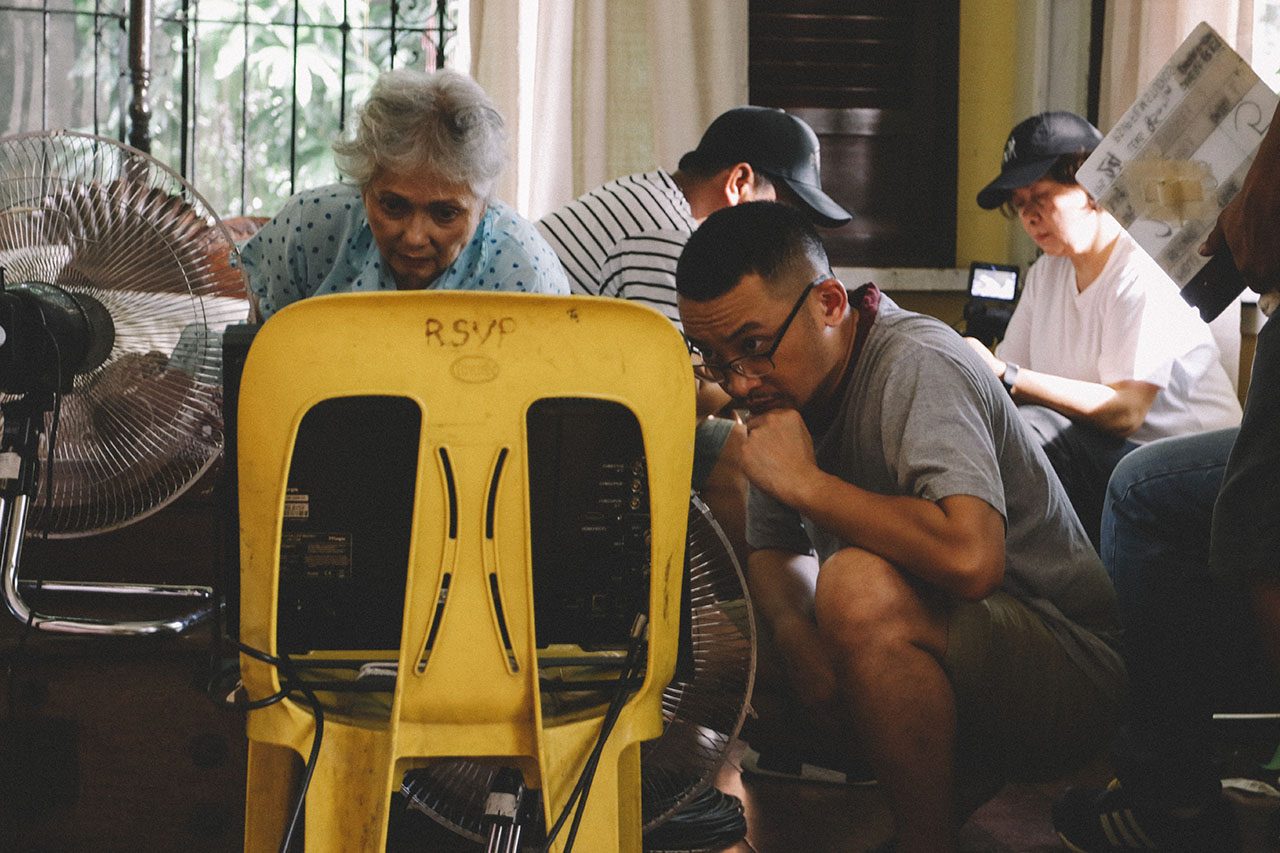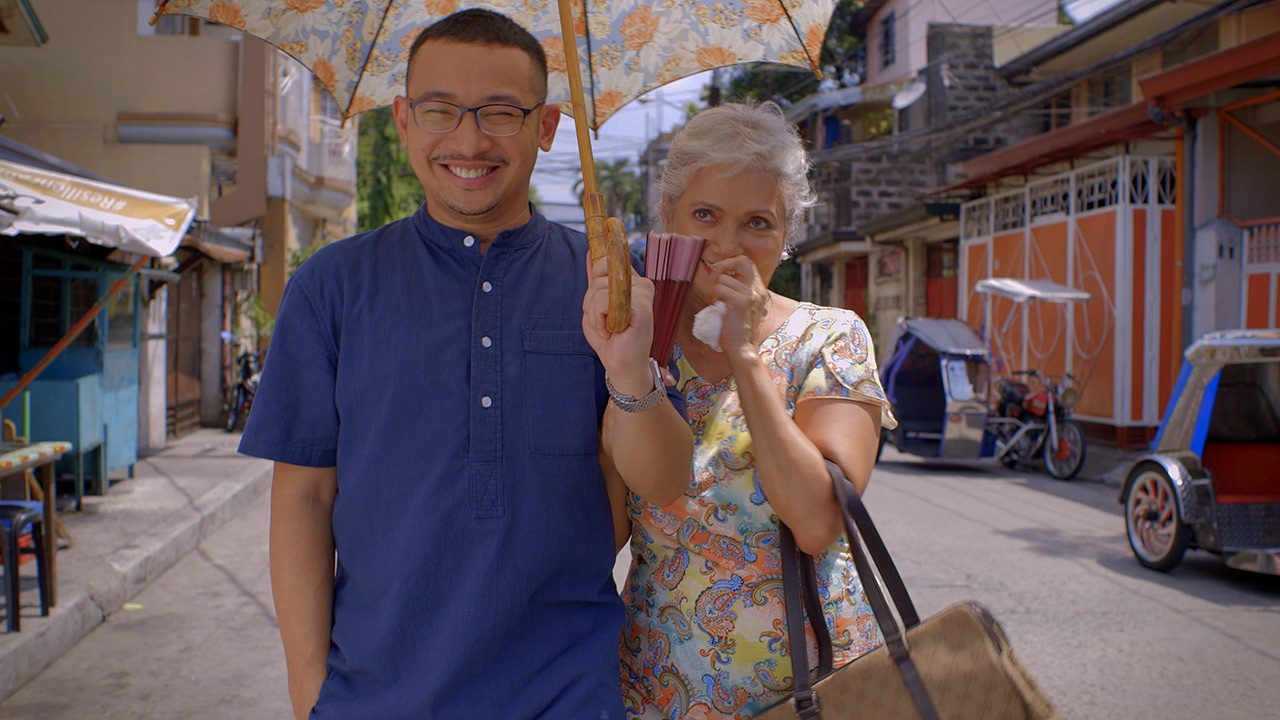SUMMARY
This is AI generated summarization, which may have errors. For context, always refer to the full article.

MANILA, Philippines — Mamang, Denise O’Hara’s critically-lauded entry to the 2018 Cinemalaya festival, is a compassionate exploration of aging and dementia. For the titular character, played by the iconic Celeste Legaspi, the past and present intertwine.
Even with the film’s sudden twists and surreal sense of humor, it manages to steer clear of turning into cheap parody. Instead, the movie — and Celeste herself — treat the subject matter with dignity and grace.
When I mention that to Celeste, she reacts with mock indignation. “But I was on the john!” she laughs, referring to the scenes where her character had to use the toilet under the supervision of her son and caretaker. “It was really written to be funny. And I went into those scenes clear-eyed about the pitfalls that (needed to be avoided). So it’s easy. It was easy for me, actually. And everybody was very professional.”
The art of restraint
In Mamang, old lovers return from the main character’s subconscious. An old adversary comes back to steal her food and her coffee. The earth trembles. Through it all, Celeste masterfully showcases a wide range of emotions, from kilig to bewilderment to anger. She shows us that aging isn’t a dull lens, but a prism.
Celeste accomplishes this by committing to subtlety and restraint, something she credits O’Hara for enforcing. “All the scenes could have gone either melodramatic or icky,” Celeste says.
“But Denise was very particular about that. She’d always rein us back.”

“I will never forget this one scene,” she continues. “Wala na si Ferdie (the main character’s son, played by Ketchup Eusebio). Mamang was all alone. She was walking around her sala. And then she cries. It was so hard. I had to go deep into my preparation. Denise gave me all time I needed to get into it. So ang haba-haba ng take na yun. Ang haba-haba! And in the final cut, Denise showed (makes sound of bubble popping).”
“Kainis!” Celeste adds, laughing.
Preconceived notions
The concept of aging seems anathema to the entertainment industry, which makes the existence of Mamang all the more radical. Also noteworthy was the way Celeste fully embraced, and disappear into, her role. A lot has already been written and said about her performance, which was something of a deviation from her recent roles. But most of these reactions seem to discount Celeste’s vast theater experience.

“In the past, in theatre, I had done roles that were not my usual,” she says. “Pero matagal na yun. And the writers who wrote about Mamang, they were not really familiar with my theatre work. I was surprised with this one writer who (was familiar with it), who had gone to some length to be able to write about what I did with Mario O’Hara. Pero siya lang ang bukod tangi, yung iba meron silang preconceived notions about me.
“But it’s true that this role was different for me because I hardly wore any makeup, and we had different kinds of makeup. One was the ‘No Makeup’ look. And then after that was the Haggard One, Haggard Two, Haggard Three. Pag kung anu-ano ano na ang nakikita (ni Mamang), pababa na ng pababa.”
Close to home
A sense of vulnerability is evident in Celeste’s performance — not only because she had to shed the veneer of glamour for this role, but also because the script mirrored some of her own experiences with her mother, who had suffered from dementia and Alzheimer’s disease.
“When this role was offered to me, there was this split-second that I was going to refuse it,” she reveals. “Because it was so close to my mother and I said, ‘This is going to be so hard; I’d have to relive all this.’”
After some consideration, Celeste agreed to take on the role. “I knew Denise was very talented… and then I just told her, ‘Iingatan mo naman ako ‘di ba? You will take care of me?’ and she said, ‘Of course!’”

To Celeste’s surprise, she learned that Denise’s screenplay was inspired by the experiences of the O’Hara family. “It was only when we were shooting that Peewee (O’Hara, who plays Ines) told me that the character of Ferdie was inspired by Mario. And Mario, really, sinasamahan yung nanay niya. Kasi Jehovah’s Witness yung nanay niya. And it was Mario who had the patience to stay and bring his mother around.
“It (Pewee’s revelation) really helped me. It helped me understand the character. As a matter of fact, Peewee said that when they did the look test, they noticed that I looked like the real Mamang. That’s nice. So all of the events apparently happened, except, of course, for the ending.”
“I really appreciate the role,” Celeste says. “It’s been a challenge for me to be somebody else, totally. That’s why it was very, very interesting for me. That was another reason why I couldn’t say no to Denise.”
In the end, we’re all glad she took on this challenge. – Rappler.com

Iñigo de Paula is a writer who lives and works in Quezon City. When he isn’t talking about himself in the third person, he writes about pop culture and its peripheries.
Add a comment
How does this make you feel?
There are no comments yet. Add your comment to start the conversation.